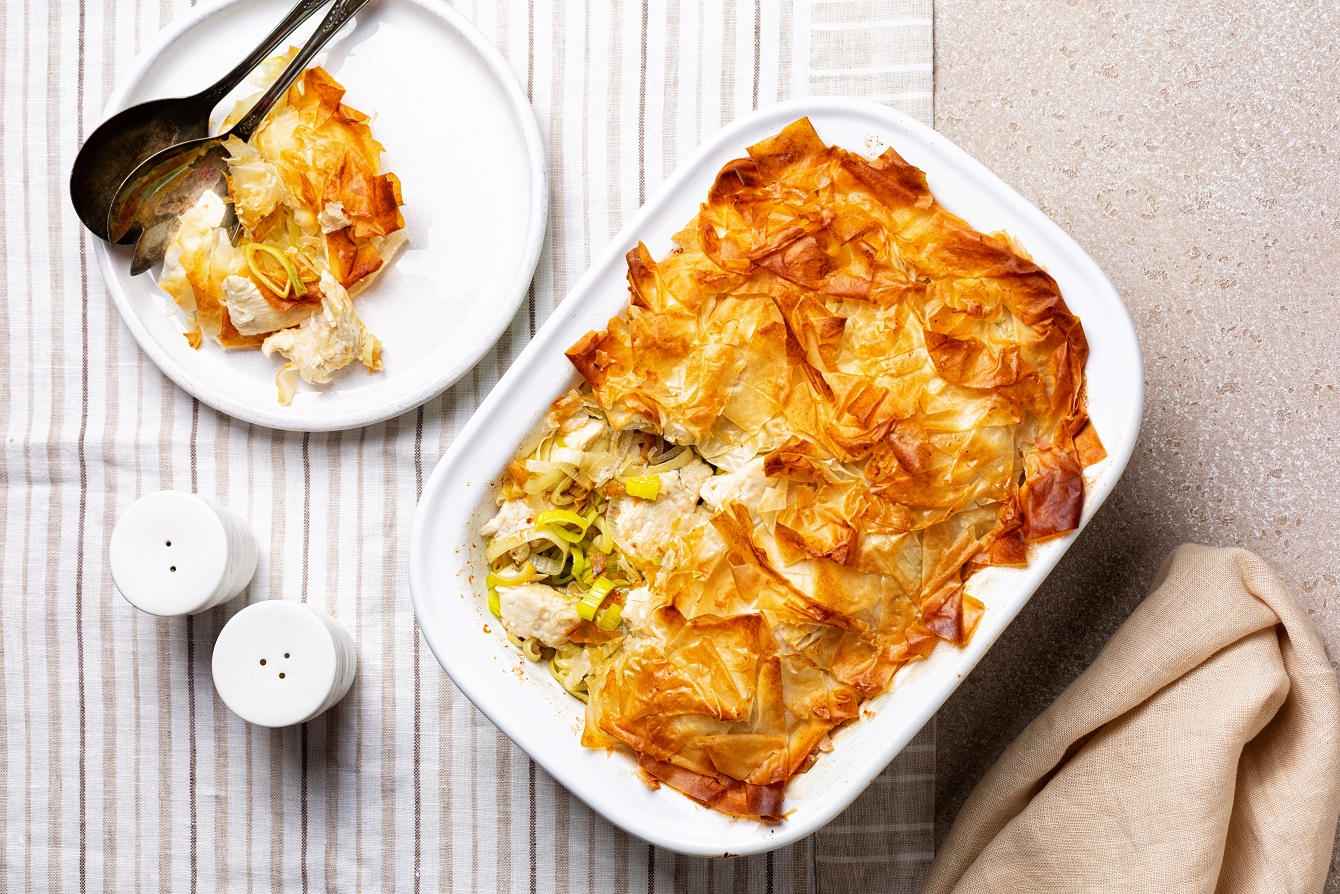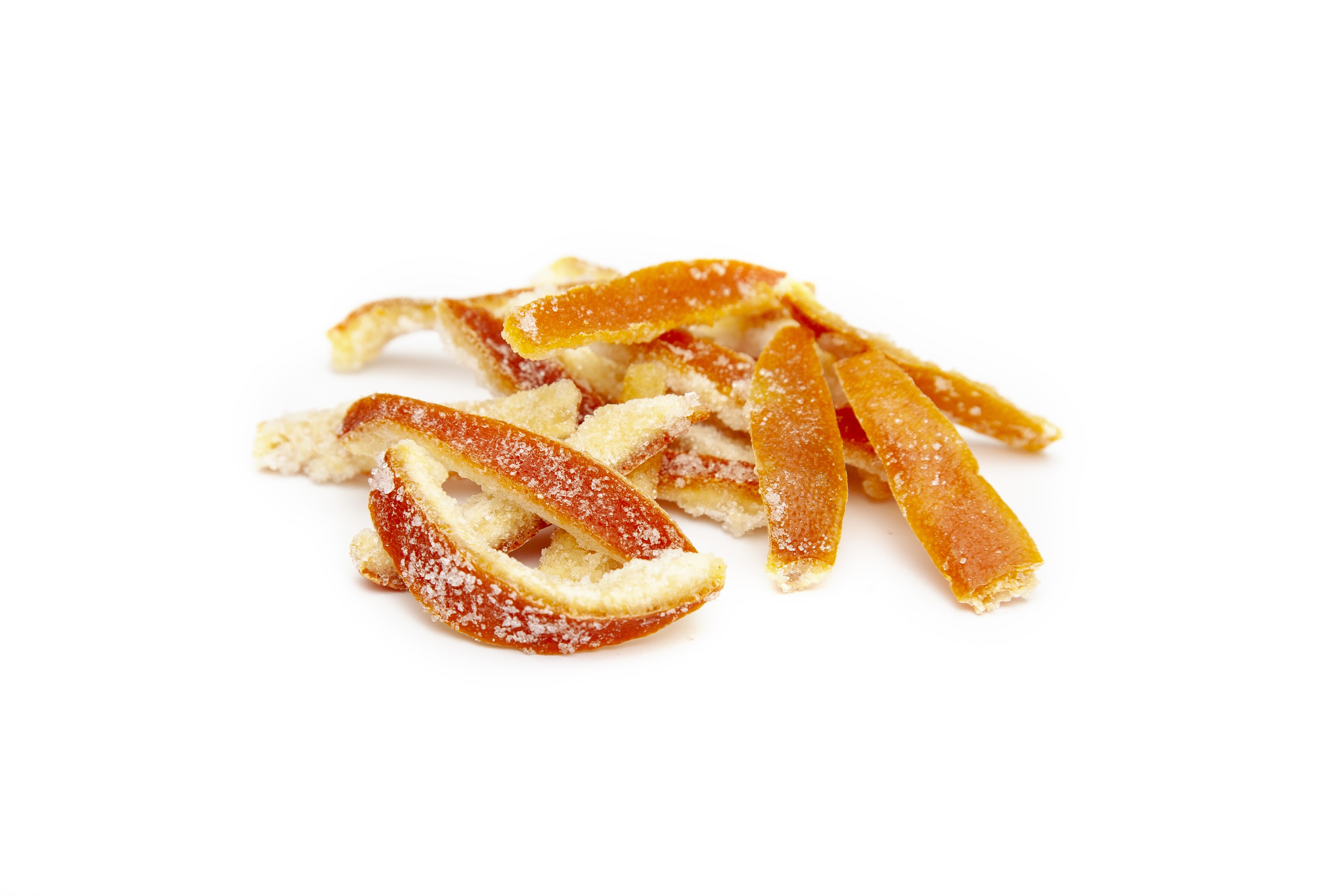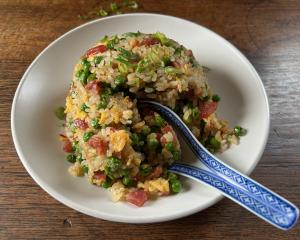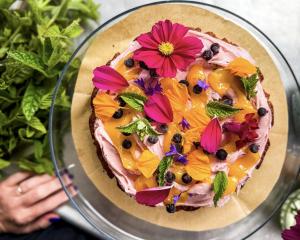
If it’s a fine morning and the doors are open on to the garden, I will send the smell of roast duck with baked apples and potatoes cooked slowly in more of the bird’s glorious fat out into the garden to tease the neighbourhood.
I will also be making a beetroot pie. To balance the roots’ earthy sweetness I will crumble salty white feta into the filling and include the beetroot leaves, too. The pastry will be crisp and buttery filo.
Actually, I will roast two ducks, the second for tearing to pieces the next day, the cold meat to be eaten with pickled cabbage and slices of the cold beetroot and fetapie.
Beetroot and feta filo pie
There is every reason to use not only the roots, but the stems and leaves of the beetroot, should yours come intact. Chop and cook the beetroot stems briefly before adding the leaves. If you want to veganise the recipe, use a vegan white feta and a hard cheese, and brush the pastry with olive oil not butter.
Serves 6
6 sheets filo pastry
2 medium onions
2 Tbsp olive oil
3 cloves garlic
1 red chilli
1 lemon
600g spinach and/or beetroot leaves and stems
400g beetroot
200g feta cheese
75g parmesan
100g butter
You will need a metal baking tin with shallow sides, about 30 x 20cm.
Defrost the pastry, keeping it covered to prevent the leaves drying out. Preheat the oven to 200°C. Peel the onions and slice finely. Warm the oil in a saucepan, add the onions and cook until soft and pale gold — a good 20-25 minutes. Peel and crush the garlic and stir into the onions once they have started to colour. An occasional stir stops them burning.
Finely chop the chilli, removing the seeds if you want a milder heat, and add to the onion. Finely grate the zest from the lemon. Wash the spinach or beetroot leaves and, while they still hold a little water, put them in a pan over a moderate heat. Cover tightly with a lid and let them cook in their own steam for a couple of minutes until wilted. Drain, then squeeze the water from them with your hands.
Peel and coarsely grate the beetroot and stir into the cooked onions. Don’t be too thorough, unless you want pink onions. Crumble the feta into the onions, keeping the pieces large. Add the lemon zest, then finely grate and add the parmesan.
Melt the butter in a small pan and remove from the heat. Brush the base of the baking tin with a little butter, lay a sheet of filo over it, slightly overhanging the tin, then brush with butter and add a second one. Brush this, too, then spoon the beetroot filling over it. Place a sheet of pastry over that, brush with butter, then add a second and butter that. Take 2 more sheets, dip them in the butter, then put them loosely on top of the pie.
Bake for about 30 minutes until the pastry is crisp, golden and translucent.
Remove from the oven and leave for 10 minutes to settle before slicing.

Chocolate and lemon truffles
Cold, crisp dark chocolate hiding a soft and lemony fondant, these citrus-scented chocolate truffles will wait in the fridge for you to pass them round.
White chocolate, because of its lack of cocoa butter, can be capricious to work with, melting or seizing into a lump as the mood takes it. It melts most easily when it is softened in cream, as it is in this recipe. The lemon takes away the cloying effect that often goes hand in hand with this form of chocolate.
Makes 30
350g white chocolate
75g unsalted butter, diced
150ml double cream
Salt, a pinch
4 tsp lemon zest
2 tsp lemon juice
To coat
200g dark chocolate
Crystallised orange pieces to decorate
Chop the chocolate into small pieces and put them in a heatproof bowl. Find a saucepan in which the bowl will sit neatly. Half fill the pan with water, put the chocolate, butter and cream and a pinch of salt into the bowl and set it on the pan over a moderate heat. Make sure the base of the bowl doesn’t sit in the water.
Let the water simmer until the chocolate has started to melt. Avoid the temptation to stir the chocolate — it will seize on you — and make certain it doesn’t get too hot.
As soon as the chocolate has melted remove it from the heat and stir very gently, just enough to bring the cream and chocolate together. Stir in the lemon zest and juice, then set aside, covered with a plate in the fridge. Test the mixture regularly to check its texture. It should be firm enough to roll.
Remove small scoops of the truffle mixture (I make them about 2 tsp each) and place on to kitchen parchment. Let them firm up again in the fridge for a few minutes. Meanwhile, roughly chop and melt the dark chocolate over a pan of hot water, removing it from the heat as soon as it is melted. Using kitchen tongs or a skewer dip the truffles into the melted chocolate then return to the parchment.
Add a piece of crystallised orange or lemon to each one, then chill them in the fridge until the chocolate has set crisp. — The Observer












